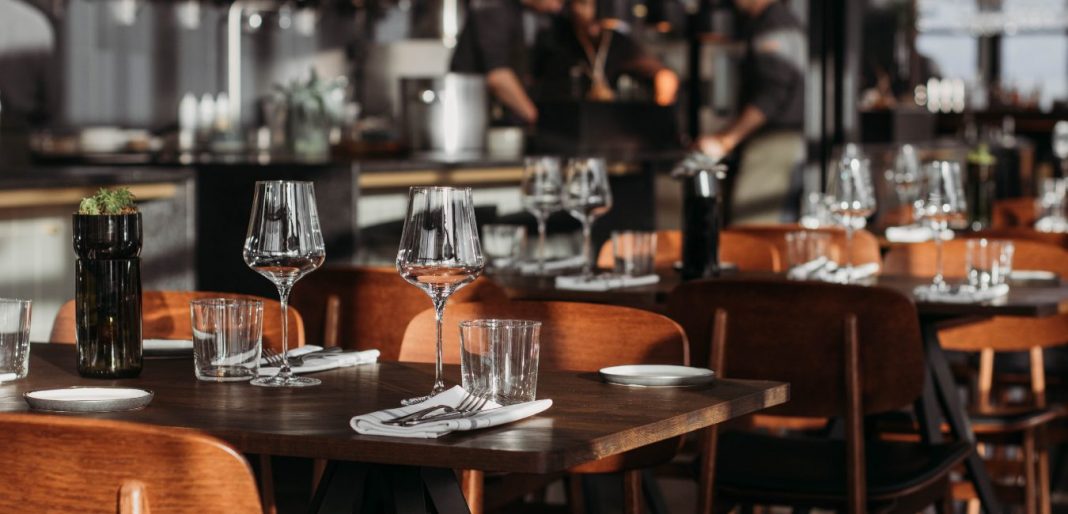The interior of the restaurant does not seem to go with the atmosphere and decor. Colors are simply a necessary aspect of the interior because they play a major role in influencing the customer’s perception. And additionally influences their purchasing decisions. The interior color of the dining area should be chosen carefully and will blend in with the theme and thought of your restaurant.
Studies have shown that the interior color of a Restaurant Depot can affect the psychological science of its customers, causing them to react subconsciously in some way. This starts from touching the food preferences of the customers and the amount of cash they spend. Completely different colors stimulate different emotions and can deeply affect the feelings of hunger, thirst, and luxury in people.
Influence of interior colors on different dining areas on customers
Below we mention the preferred colors of restaurant interiors and their effect on customers.
1. Light color effects: white, beige, and light gray
If you find a small low-space restaurant, lightly paint the interior walls of your restaurant. Because painting it with any intense color can help you make your restaurant look bigger. Colors like white and beige have been proven to create a sense of comfort among customers. There must be more to make them feel welcome. If you already paint in bright colors, painting on another wall is a great option to create a great effect. Also, the simplest color of a dining ceiling is usually white or beige, to make the space look more spacious.
2. Effectiveness of cool color: inexperienced and brown
Inexperienced and forever had color related to nature and it creates a cozy atmosphere in the restaurant. It relaxes customers and encourages them to stay inside for a while. The most important aspect of drawing an inexperienced place to eat is that buyers need to eat healthy and balanced food. Health-oriented restaurants should apply a peaceful tone of green to their walls, and a sensitive hint of wood brown will probably be helpful.
Inexperienced bars and pubs do not add, which requires lightweight because the green then becomes dark and frustrating. Brown, on the other hand, is great for patches and tokens. But,l its extra use will tip the whole look and make the dining area feel rustic and not the right way. Balance the colors of the secret Restaurant Depot you just chose.
3. No appetite control: blue and purple
As unbelievable as this may be, the colors blue and purple are associated with poison and therefore reduce the greed of consumers. Whether this statement is true or not, the fact is that there are no naturally occurring blue or purple food items, which is why it is considered to limit one’s appetite.
4. Inside and outside motion: bright reminders red and yellow
Yellow and red are the most used colors because they are the most pleasing colors to look at. Each of these colors improves the center rate and pressure level of the buyer and creates a new} emotion, which forces them to eat quickly and leave. Most fast-food restaurants and QSR restaurants have either red or yellow walls or mugs and cups of the same color on the table. Virtual color schemes usually depend on your brand’s logo and color. These color schemes are only for high footprints and buyers who want to leave quickly. To kind of information stay with business news day.
5. Stay Buyers Rent: Warm Reminder Red, Orange, Brown
Dark, earthy color, once painted on the walls in light-weight shades and combined with warm color touch light, makes customers want to relax and stay longer. Darker shades of red, maroon, warm orange, and brown tend to spice up customers ’desires, creating an applicable color option for their delicate dining spaces that focus on multi-course meals. The simplest color for the exterior of your restaurant, in this case, should be brown or navy blue to create a mark.
